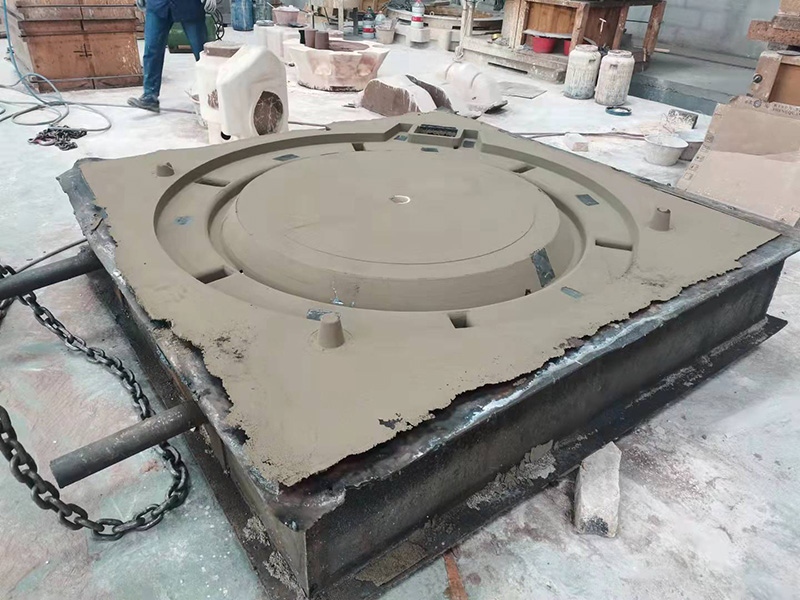

Furthermore, recent advances in sand casting technology have enhanced its precision and efficiency. The incorporation of computer-aided design (CAD) and 3D printing has revolutionized pattern making, enabling more complex and accurate designs. This technological integration not only reduces waste but also shortens lead times, enhancing the process's overall sustainability and cost-effectiveness. In the renewable energy sector, sand casting's adaptability is leveraged to produce components for wind turbines and solar panel supports. These applications require robust materials that can withstand environmental stressors, and sand casting with its material versatility offers the perfect solution. Trust in sand casting’s reliability is backed by years of proven outcomes and continuous technological advancements. Industries that demand high standards of performance consistently choose sand casting to meet their manufacturing needs, safety standards, and timelines. Its use transcends being just a casting method; it is a strategic choice ensuring quality, consistency, and cost management. For manufacturers and designers, understanding the intrinsic benefits of sand casting transforms their production capabilities, offering a practical solution to material and design challenges. While newer casting technologies emerge, sand casting continues to solidify its position as a core method in manufacturing, proving its adaptability to both traditional and modern manufacturing requirements. The applicability of sand casting across various domains bespeaks its enduring significance. As innovation propels forward, sand casting will undoubtedly continue to evolve, integrating new technologies and materials to broaden its scope and refine its efficacy. For those within the manufacturing and design sectors, embracing the multifaceted uses of sand casting can lead to enhanced product development, sustainable manufacturing practices, and ultimately, greater market competitiveness. In conclusion, sand casting remains an indispensable technique in both traditional and cutting-edge manufacturing processes. Its unique ability to marry time-honored methods with modern technological innovations keeps it at the forefront of casting solutions worldwide. Whether producing a single artwork or high-volume industrial equipment, sand casting offers unparalleled benefits that meet and exceed industry demands. Post time:ഫെബ്രു . 04, 2025 01:55
Next:sand casting tolerances
